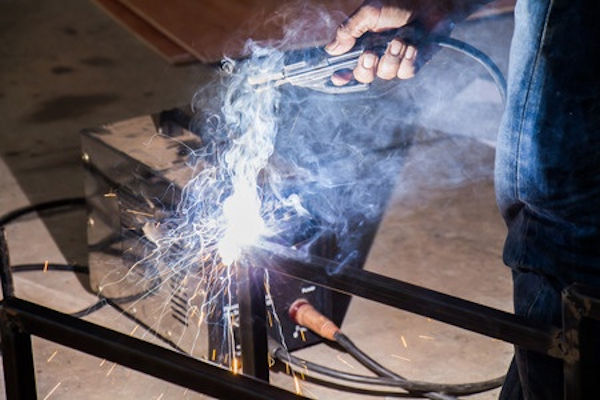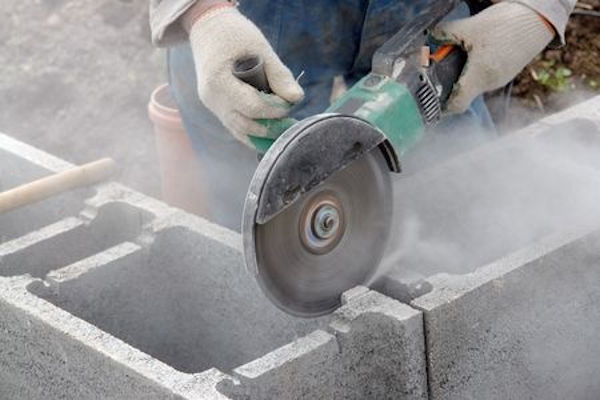Air Contaminants
Air contaminants are commonly classified as either particulate or gas and vapor contaminants.
The most common particulate contaminants include dusts, fumes, mists, aerosols, and fibers.
Gases are formless fluids that expand to occupy the space or enclosure in which they are confined. Examples are welding gases such as acetylene, nitrogen, helium, and argon; and carbon monoxide generated from the operation of internal combustion engines or by its use as a reducing gas in a heat treating operation. Another example is hydrogen sulfide which is formed wherever there is decomposition of materials containing sulfur under reducing conditions.
Fumes are formed when material from a volatilized solid condenses in cool air. In most cases, the solid particles resulting from the condensation react with air to form an oxide.
Liquids change into vapors and mix with the surrounding atmosphere through evaporation.
Mists are finely divided liquid suspended in the atmosphere. They are generated by liquids condensing from a vapor back to a liquid or by breaking up a liquid into a dispersed state such as by splashing, foaming or atomizing. Aerosols are also a form of a mist characterized by highly respirable, minute liquid particles.
Vapors are the gaseous form of substances that are normally in a solid or liquid state at room temperature and pressure. Vapors are formed by evaporation from a liquid or solid and can be found where a worker would clean and/or paint as well as where solvents are used.
Dusts are solid particles that are formed or generated from solid organic or inorganic materials by reducing their size through mechanical processes such as crushing, grinding, drilling, abrading or blasting.
Fibers are solid particles whose length is several times greater than their diameter.
Knowledge Check Choose the best answer for the question.
1-8. Which of the following are formed when material from a volatilized solid condenses in cool air?
You forgot to answer the question!


